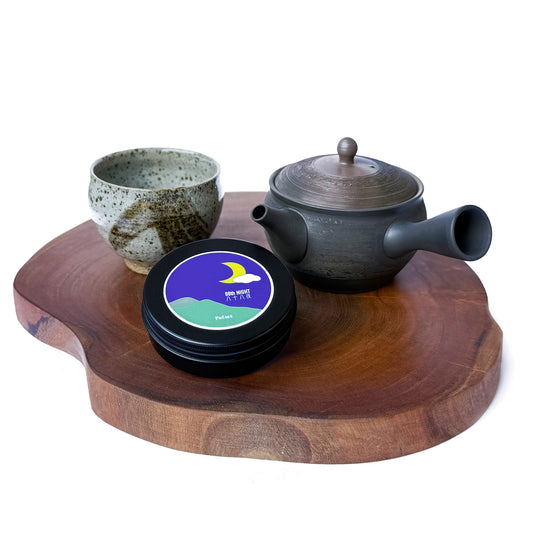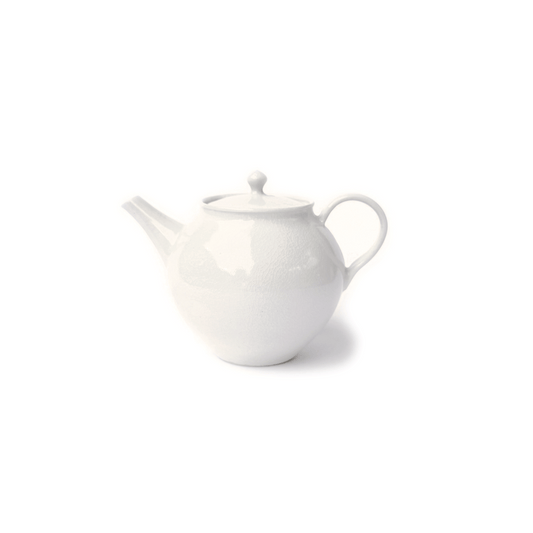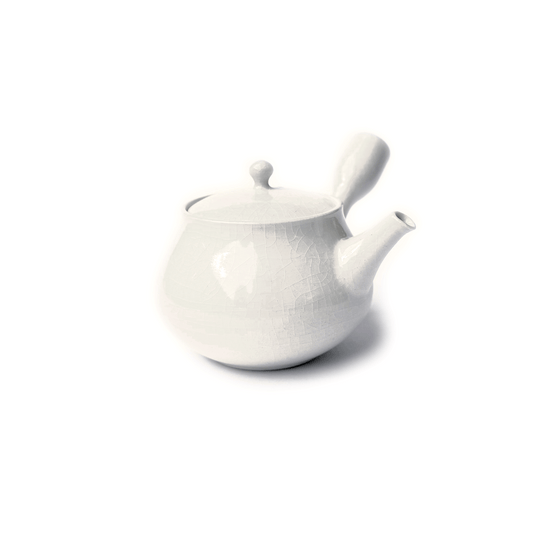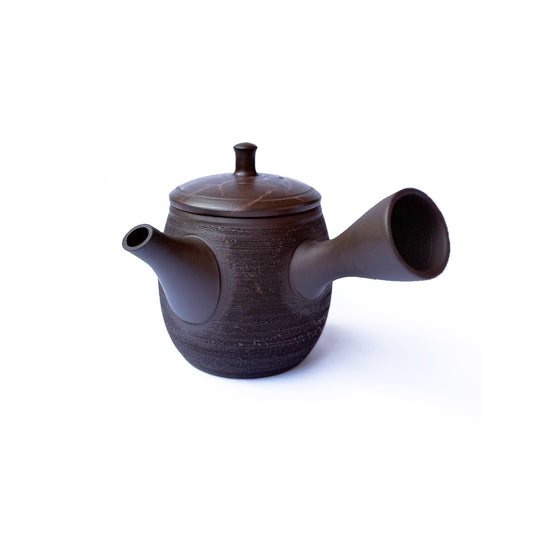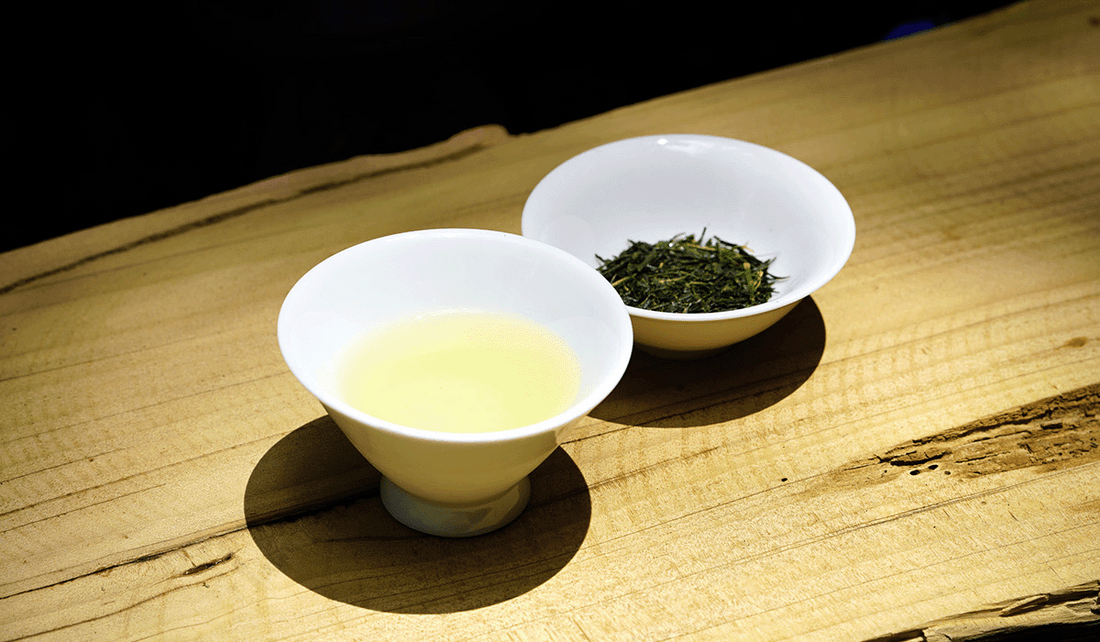
What is SENCHA?
Share
SENCHA - A Guide to Japan's Most Popular Green Tea
SENCHA (煎茶) is one of the true classics and the most widely enjoyed green tea in Japan, accounting for nearly 80% of the country’s tea production. Sencha is made from unshaded tea leaves which the natural flavour and cultivar remains, which make it an excellent choice for those who like to taste compare different teas in a way similar to wine.
How Sencha is Made
The creation of Sencha is a meticulous process, perfected over centuries to preserve the tea's natural flavour and aroma. IT undergoes a precise steaming process that is crucial to its character.
1. Steaming: Immediately after harvesting, the fresh tea leaves are steamed for a short period. This rapid steaming process halts oxidation, preventing the leaves from browning and preserving their vibrant green color, freshness, and rich nutrient content. The length of this steaming process is what creates the two main types of sencha: Asamushi (light-steamed) and Fukamushi (deep-steamed).
2. Rolling: The steamed leaves are then rolled in several stages. This process not only shapes the leaves into their characteristic needle-like form but also breaks down the leaf cells, allowing their flavor and nutrients to be released more easily when steeped.
3. Drying: Finally, the tea leaves are dried to remove moisture and lock in their fresh aroma. This process results in the finished sencha, ready to be packaged and enjoyed.
From Farm to Cup: A Taste of Freshness
Sencha's flavour is defined by its freshness. Made from the prized first flush of spring leaves, it offers a clean, invigorating taste with a natural sweetness and a subtle, refreshing astringency.
The tea's flavour can vary widely depending on the steaming method used:
- Asamushi (light-steamed): This tea is a beautiful, light green and has a clear, delicate flavour
- Fukamushi (deep-steamed): This tea has a richer, cloudier body and a deeper, more robust flavour
Shop Our Organic Sencha from Shizuoka >>
Beyond the Flavour: The Research-Backed Health Benefits of Sencha
Sencha is not just a delicious tea; it's a natural powerhouse for your body and mind. It's packed with key nutrients that offer a range of powerful, evidence-based benefits.
- Antioxidant Powerhouse (Catechins): Sencha is rich in catechins, particularly EGCG (epigallocatechin gallate), which is a powerful antioxidant. Studies have shown that catechins help combat free radicals, which can lead to cellular damage and inflammation. Research also suggests that the catechin levels are highest in younger shoots, which is why sencha is made from first-flush leaves
- Sustained Energy Without the Jitters (L-Theanine & Caffeine): Unlike coffee, which delivers a sharp, jittery caffeine spike, sencha contains a unique amino acid called L-theanine. Studies in Japan have shown that L-theanine works synergistically with caffeine to provide a steady, calm focus. It can also increase alpha wave activity in the brain, which is associated with a state of relaxed alertness, making sencha an ideal beverage for concentration without the crash.
- Supports Heart Health & Metabolism: Research has linked regular green tea consumption to several heart health benefits. The catechins in sencha may help reduce LDL ("bad") cholesterol and support healthy blood pressure. In addition, sencha's catechins and caffeine content have been shown in some studies to enhance fat oxidation and improve metabolic rate, which can be beneficial for weight management
- Oral Health & Digestion: The compounds in sencha have antibacterial and antiviral properties that can help cleanse the palate after meals, combat bad breath, and reduce bacteria that cause cavities and gum inflammation
By choosing Sencha, you're not just enjoying a cup of tea. You're embracing a healthy, mindful tradition backed by centuries of practice and modern science.


